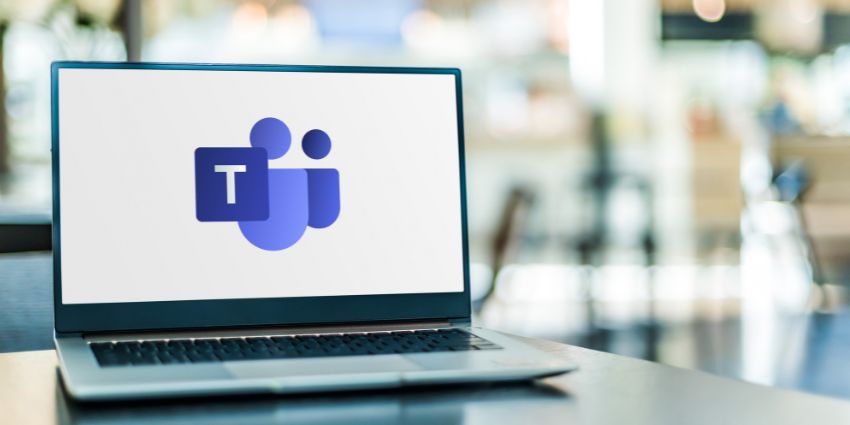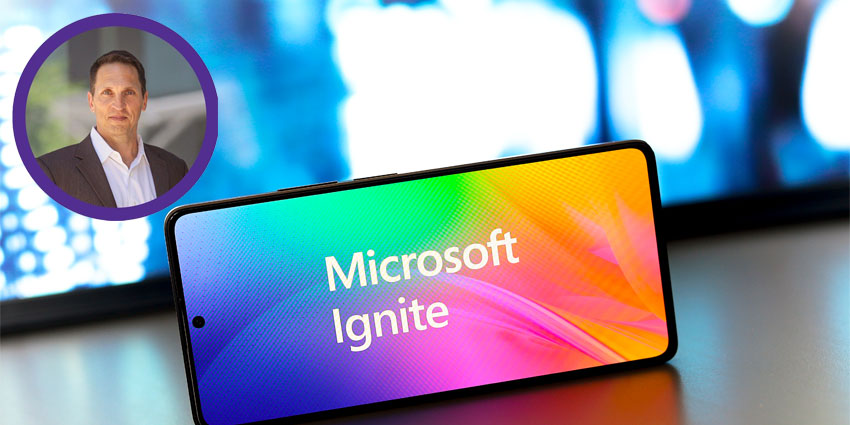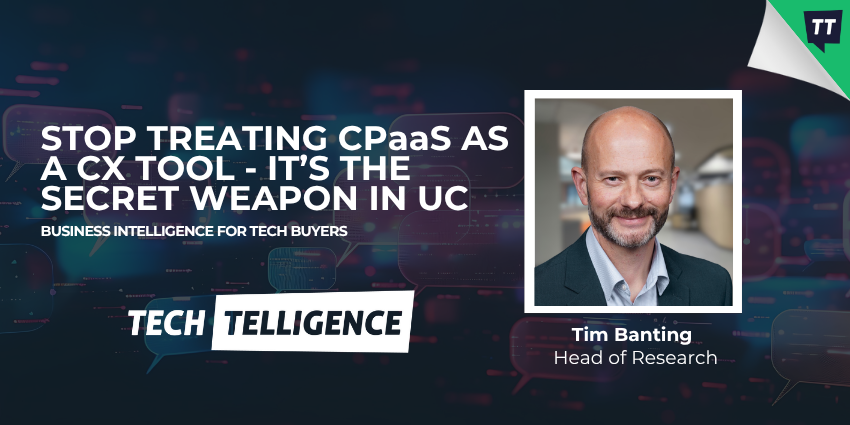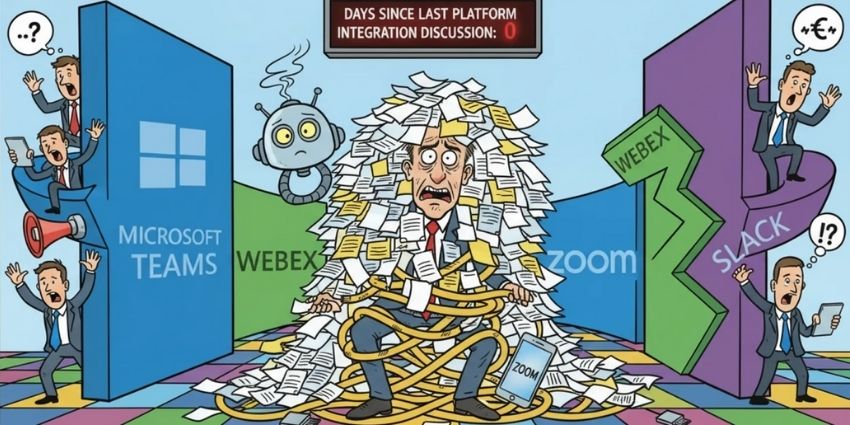Businesses continue to demand fast, agile communication tools to prepare their workforces for the age of hybrid work.
Communication service providers (CSPs) must keep their networks in a position to deliver what their customers want or risk losing them to more nimble, innovative competitors.
This will inevitably mean moving away from networks that have served them well in the past but will ultimately prove unfit to innovate, compete, and win.
A big part of this will be dwindling support for older hardware. The likes of Genband, BroadSoft, and Metaswitch have all been snapped up by technology giants that compete with service providers and have different agendas.
This means that replacement parts will soon become hard to come by, if they aren’t already, driving up the price of maintaining legacy networks even further.
Service providers that rely heavily on Metaswitch VP3510 or VP2510, for example, can still readily access replacement gear now, but the end-of-life date of 30 November 2023 is on the horizon.
Many service providers are still unsure about moving to the cloud even with this in mind.
Josh Moormann, Director of Customer Success at Alianza, said some have the misconception that moving to a cloud-based network will cost more than the continued maintenance of old infrastructure.
The fear of unknown costs comes hand-in-hand with abandoning revenue that service providers know and understand.
“Some providers are reluctant to step away from known revenue,” Moormann said.
“But, when they do the analysis to account for the direct and indirect costs and risks of running a legacy voice network, they realise it’s just a matter of when, not if, they move to the cloud.
“Using large, rural providers with 300,000+ internet and phone subscribers as an example — they may be receiving $5M+ per year from usage fees and intercarrier compensation (ICC) for calls into their local network.
“Over a five-year period that means $25M in revenue, so naturally a CSP in this situation would be reluctant to step away from it — at first glance. No matter what, when service providers start to optimize their network and eliminate rooms full of aging equipment, portions of their traditional ICC revenue will start to go away. However, so will the substantial costs to maintain those systems, resulting in a more profitable and sustainable business model.”
Phantom Costs
As ageing hardware parts become harder to find, so will personnel capable of bringing the skills required to maintain legacy networks.
The employees that built these networks decades ago are on the path to retirement and young talent will take substantial convincing — and money — to train in technology that is living on borrowed time.
For many service providers, paying to retain talent and keeping an old network up and running is simpler than pulling together a team capable of undertaking huge cloud migration.
This is one component of what Alianza calls a sunk cost fallacy: where service providers feel they must pour money into a network because they have already spent so much money on its maintenance.
But CSPs will need to break this cycle if they want to remain competitive. Moormann acknowledged that moving an entire customer base to a new infrastructure is a daunting task and can come with some pain if not managed effectively.
Customers have to be moved from old to new, while there will be a period of having to run both systems as the migration is carried out.
Moormann warned that these migrations are often not as straightforward as they first appear.
“The bottom line is there’s no one-size-fits-all approach,” he said. “Cloud transformation isn’t for the faint of heart, but it is a business necessity.
“Each service provider has unique equipment, network challenges, and financial goals that drive their strategic decision making.
“Successful migrations and cloud transformations require more effort, coordination, and subject matter excellence than most business leaders recognize, which is why Alianza’s dedicated project management team is there to help every step of the way.
“They’ll work with you to understand your business model and use cases, set timelines, train your team, test devices, train your team, improve processes, and more.”







